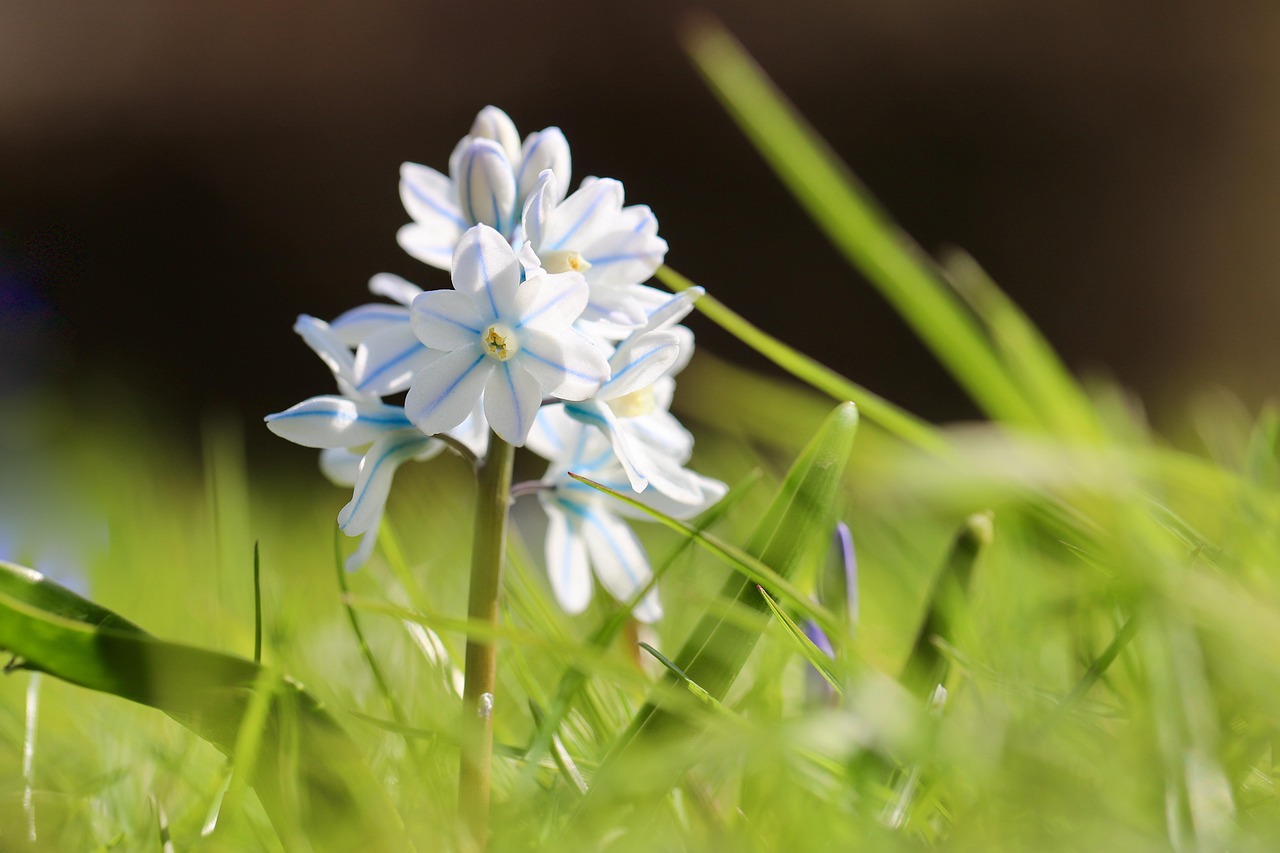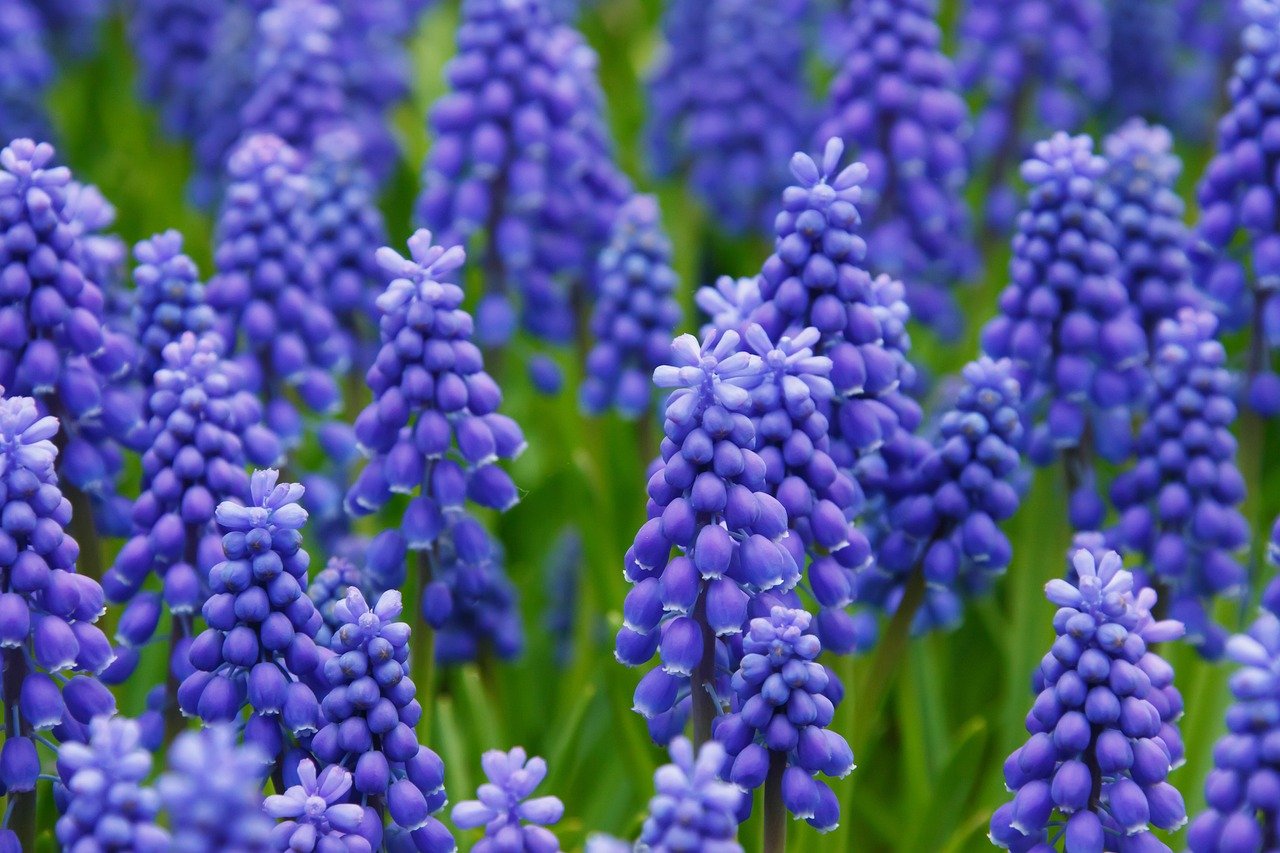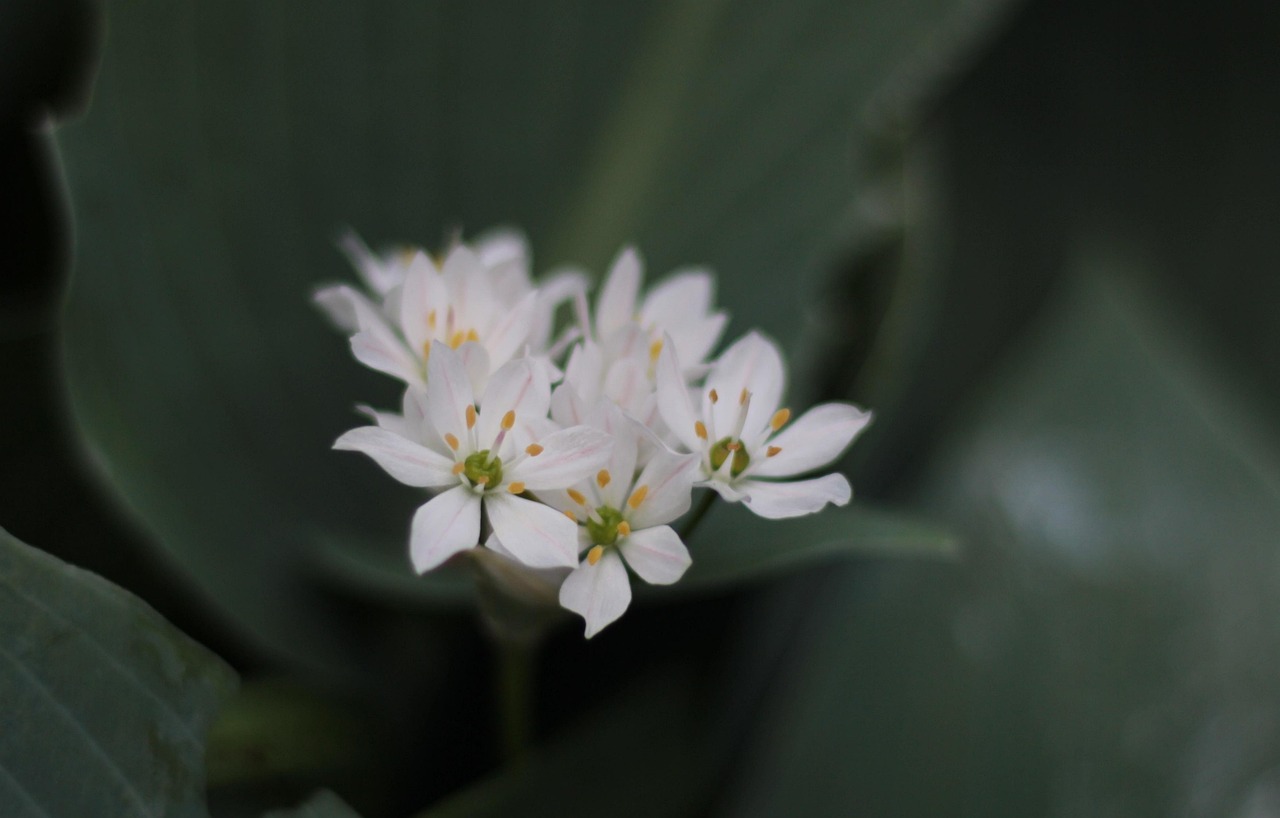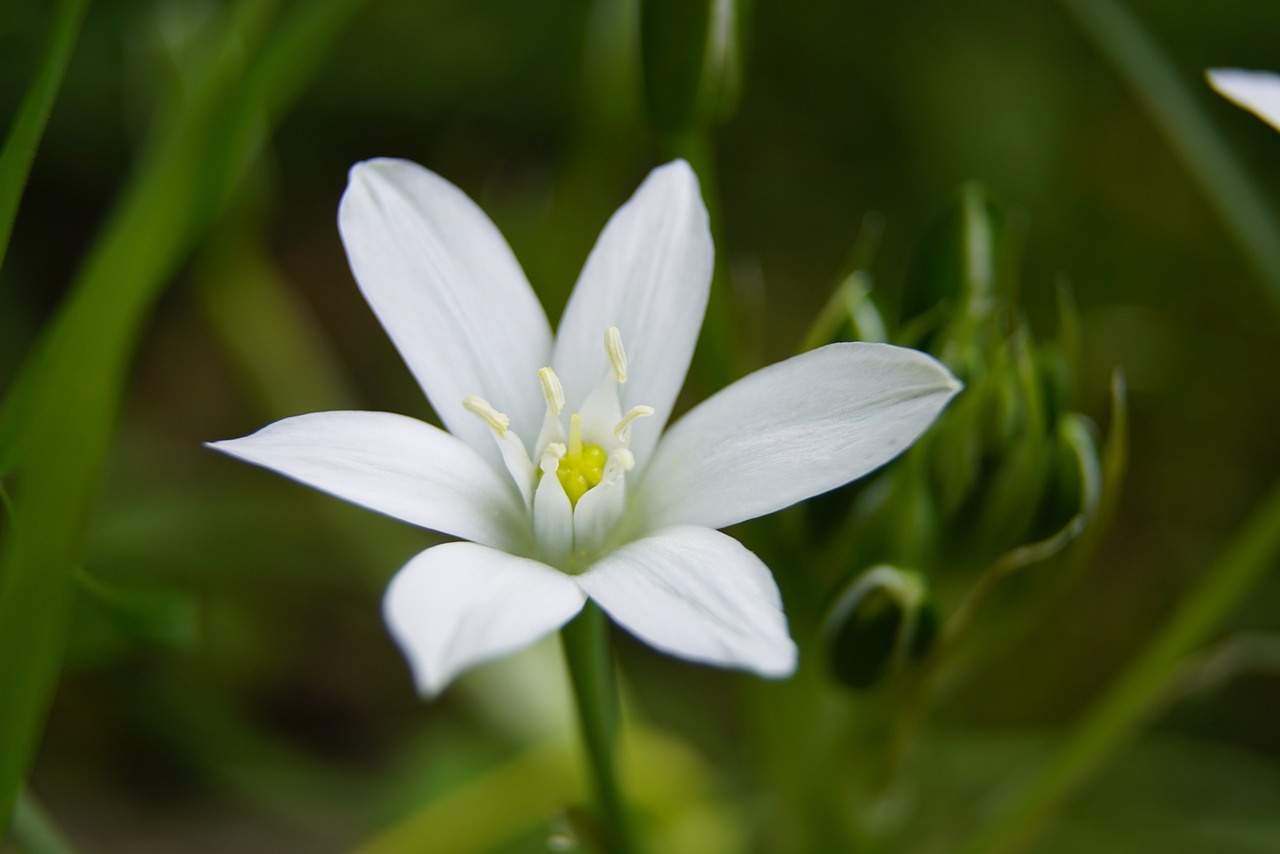Pineapple Lily | An Exotic Flower from the South African Fields
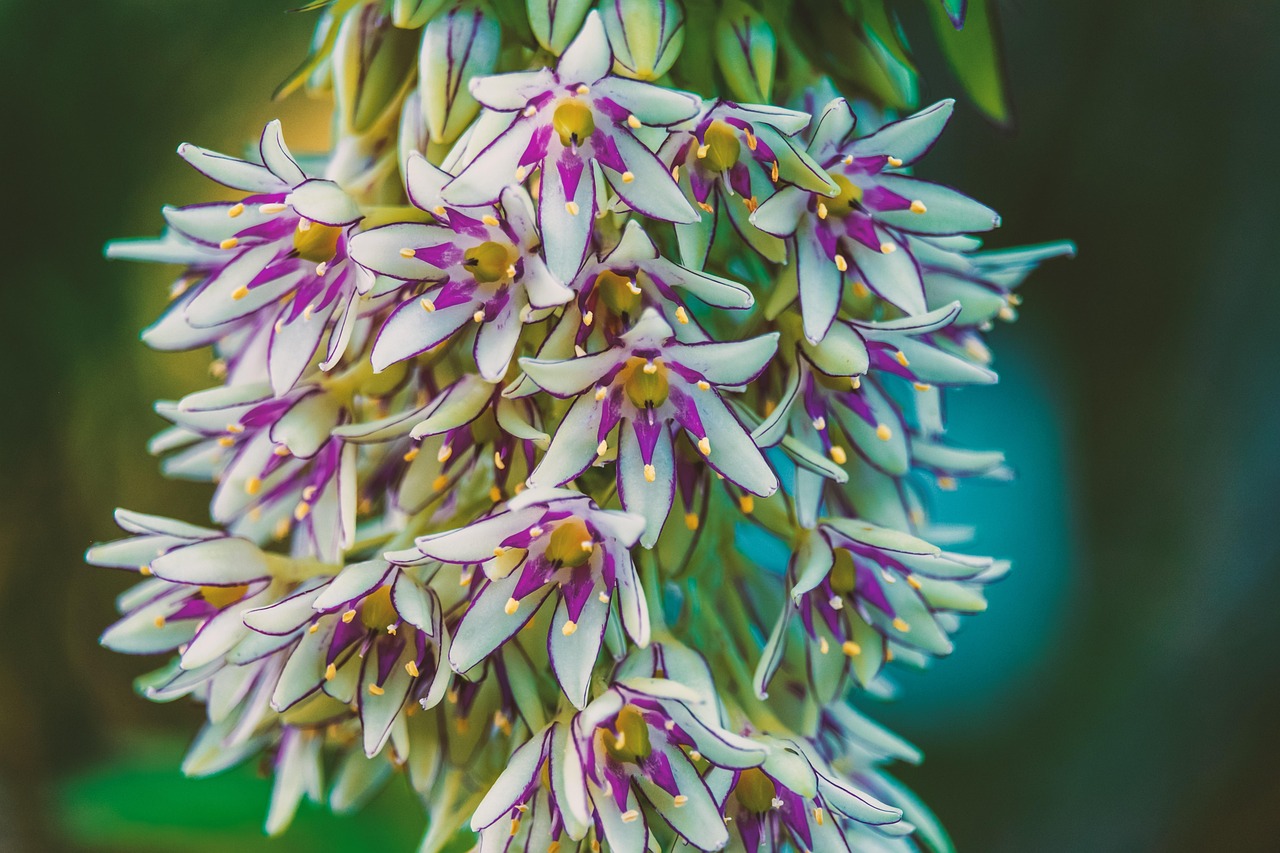
The pineapple lily is a bulbous plant whose appearance, resembling a pineapple, is particularly striking.
The leafy crown at the top of the flower spike gives it a fruit-like, unique silhouette, making it a captivating accent in the garden. Native to South Africa, it produces clusters of small, star-shaped flowers during summer, which is why it has become popular as an ornamental plant.
In this article, I will explain the basic information, cultural significance, history, and cultivation tips of the pineapple lily.
Basic Information
- Scientific name: Eucomis spp.
- Family: Asparagaceae
- Origin: South Africa
- Appearance: The plant develops a thick stem topped with a spike of small flowers, crowned by short leaves that resemble the tuft of a pineapple. The broad, glossy leaves spread radially from the base.
- Blooming season: Summer (July to September)
Cultural Significance Around the World
The pineapple lily originates from the highland grasslands of South Africa, and its distinctive appearance has long attracted the attention of gardeners across the globe. In its native land, it grows naturally in clusters within the landscape, blending into daily life as a familiar plant.
In Europe, the pineapple lily was introduced during the horticultural boom of the 19th century. It was valued as an exotic species and quickly found its place in greenhouses and decorative gardens, where its unusual pineapple-like form made it especially appealing as an ornamental feature.
In the United States, it has been adopted into gardens and public landscaping. Designers have taken advantage of its sculptural silhouette, using it in contemporary garden projects where its individuality continues to be highly appreciated.
Historical Background
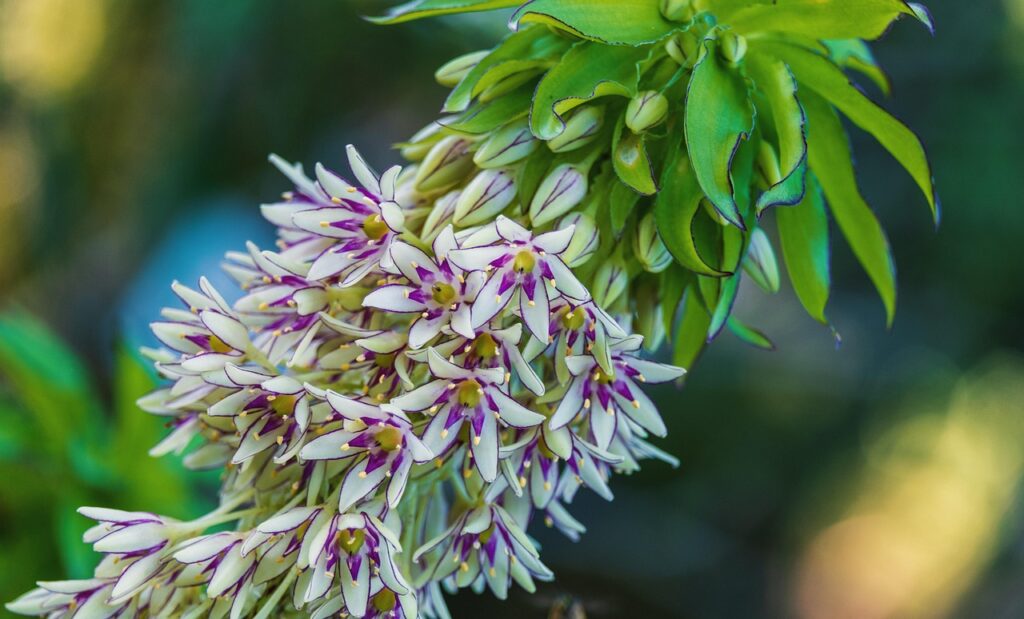
The pineapple lily was first introduced to Europe in the late 18th to early 19th centuries. Plant explorers brought it from South Africa, where it was displayed in botanical gardens and aristocratic estates.
During the Victorian era in Britain, it gained popularity as a greenhouse plant, often included in the collections of the upper class. Over time, cultivation methods were developed, and it became established as a reliable ornamental bulb.
By the 20th century, it had spread to America and Japan, becoming appreciated as both a houseplant and a garden feature. Today, it is cherished worldwide for its distinctive appearance and ease of care.
Gardening Advice
The pineapple lily is relatively easy to grow and, with proper conditions, will bloom year after year. Key points include:
Sunlight
Prefers full sun but tolerates partial shade. Ample light encourages better flowering.
Watering
Water generously during the growing season when the soil surface dries, but avoid overwatering as bulbs are prone to rot. Reduce watering during dormancy.
Soil
Well-drained, slightly sandy soil is ideal. Mixing pumice or perlite into potting soil enhances drainage.
Fertilizer
Apply slow-release fertilizer during the growing season. Supplement nutrition before and during flowering to extend bloom quality.
Pruning & Care
Remove spent flower stalks, allowing the leaves to die back naturally to replenish the bulb.
Overwintering
In colder regions, grow in containers and move indoors during winter. For garden planting, use mulch or frost protection.
Conclusion
The pineapple lily, with its pineapple-like crown and exotic charm, is a bulbous plant that has captivated gardeners since its introduction in the 19th century.
Loved worldwide for its unique beauty and adaptability, it continues to brighten gardens, greenhouses, and landscapes. With proper sunlight, well-drained soil, and careful winter management, I can enjoy its beautiful blooms each summer.

